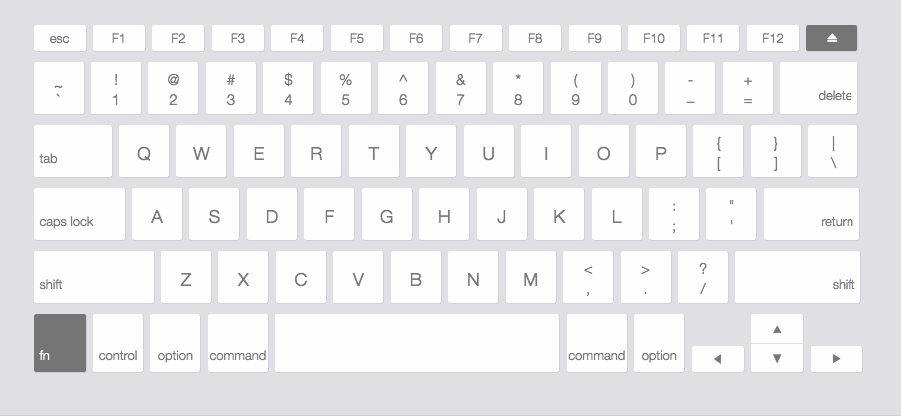
Unlike for the Command key, we don’t have any history that indicates why this symbol was chosen.įor example, when you click the Apple menu you’ll see the keyboard shortcut assigned to Force Quit. This symbol is used throughout the Mac’s menus to indicate when you can press the Option key, the same way the Command key’s symbol is. Like other modifier keys, it’s also used as part of some keyboard shortcuts. For example, pressing Option+4 with the US keyboard layout will produce ¢, the cent sign which normally doesn’t appear on your keyboard. Holding it and pressing another key allows you to type a special character that doesn’t normally appear on the keyboard. The Option key functions similarly to the AltGr key on many PC keyboards, which explains why it also has “Alt” printed on it. The Control (Ctrl) key is also present, but it isn’t used for as many things. In summary, on a Mac, you’ll probably be pressing the Command key to issue keyboard shortcuts. It’s an old symbol used in Nordic countries to indicate places of interest - in Sweden, it’s the official sign for a tourist attraction. A designer chose the ⌘ symbol to replace it.

The Command key originally had an Apple logo on it, but Steve Jobs thought displaying the Apple logo throughout the original Macintosh’s menu would be overusing the logo. This symbol appears throughout the Mac’s menus to indicate when you can press the Command key along with another key to issue a keyboard shortcut. For example, while you press Ctrl+C, Ctrl+X, and Ctrl+V to copy, cut, and paste on Windows, you press Command+C, Command+X, and Command+V to do the same on a Mac. It’s a modifier key you can press to issue keyboard shortcuts to applications. The Command key doesn’t do anything on its own.


 0 kommentar(er)
0 kommentar(er)
